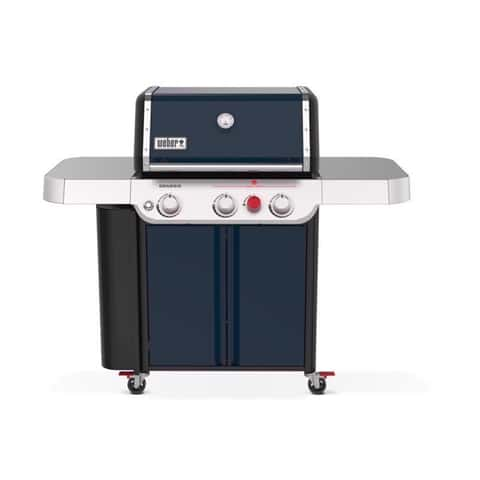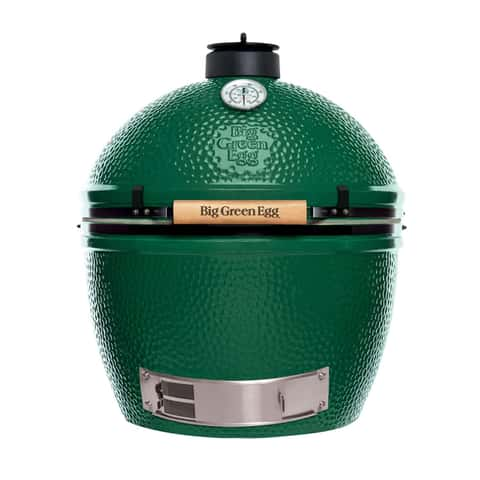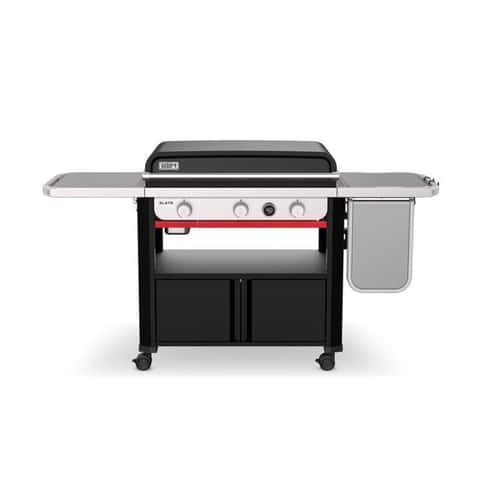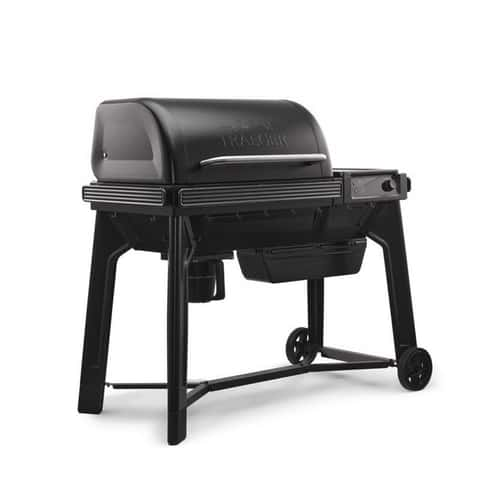In the fast-paced world of digital marketing, platforms like SEMrush play an essential role in helping businesses enhance their online presence. As companies strive to reach their target audience, the need for precise strategies that blend creativity with data-driven insights has become more crucial than ever. With the rise of search engines, social media, and content marketing, understanding the intricacies of these platforms is key to staying ahead of the competition. Digital marketing is no longer just about posting ads or creating content; it’s a dynamic field driven by technology and analytics.
The Rise of Digital Marketing
Over the past two decades, digital marketing has grown exponentially. As the internet became more accessible and advanced, businesses started to realize the power of online platforms for reaching broader audiences. The shift from traditional forms of advertising to digital channels is one of the most significant changes in the marketing world. Initially, marketing efforts were centered around television, print, and radio ads. These mediums, though effective in their time, lacked the direct feedback and tracking capabilities that digital marketing offers today.
The introduction of digital marketing opened up new opportunities for businesses. Social media platforms like Facebook, Instagram, and Twitter allowed brands to connect with consumers in a more personal way, while search engines like Google and Bing provided tools to target audiences based on their search intent. As a result, marketing has become more targeted, measurable, and dynamic.
The Role of Data and Analytics in Shaping Marketing Strategies
Today, the integration of data and analytics into digital marketing is a game-changer. In an era where information is abundant, the ability to make informed decisions is crucial for marketers. Data-driven marketing enables companies to analyze customer behavior, track engagement, and optimize campaigns in real time. This approach allows businesses to adapt quickly to changing trends and demands, making it easier to maximize the return on investment (ROI) of their marketing efforts.
One of the key components of data-driven marketing is the use of analytics tools. Platforms like Google Analytics, SEMrush, and HubSpot allow marketers to gather vast amounts of data about website visitors, customer interactions, and the effectiveness of various marketing channels. These insights help businesses refine their strategies, optimize their website’s user experience, and tailor content to meet the needs of their audience. The ability to track key performance indicators (KPIs) and analyze trends empowers marketers to make decisions based on actual results, rather than guesswork.

The Impact of SEO on Digital Marketing
Search Engine Optimization (SEO) has long been one of the cornerstones of digital marketing. As more consumers turn to search engines to find products, services, and information, ranking high in search results has become essential for businesses. SEO is the practice of optimizing a website to improve its visibility on search engines, ensuring that it ranks highly for relevant keywords. This process involves a range of techniques, including keyword research, on-page optimization, and link building.
The importance of SEO has only grown as search engines have become more sophisticated. Google, for example, has developed algorithms that prioritize high-quality content, user experience, and mobile optimization. Marketers must stay up-to-date with these changes to ensure that their websites remain visible and competitive. SEO is a complex field that requires a deep understanding of both the technical and creative aspects of digital marketing. It’s no longer enough to simply stuff a webpage with keywords; businesses must create valuable content that answers the questions and needs of their target audience.
Content Marketing: Creating Valuable Experiences for Consumers
Content marketing is another integral component of digital marketing. Rather than focusing solely on selling products or services, content marketing aims to build relationships with customers by providing valuable and informative content. This could take the form of blog posts, videos, podcasts, social media updates, or downloadable resources like eBooks and whitepapers. The goal is to educate, entertain, and engage the audience, ultimately guiding them through the buyer’s journey.
Creating high-quality content is essential to the success of any digital marketing strategy. Businesses need to develop content that resonates with their audience, addresses their pain points, and answers their questions. Content marketing not only helps build trust with consumers but also plays a significant role in SEO. Search engines favor websites that consistently publish valuable and relevant content, making content marketing an essential part of any SEO strategy.
Furthermore, content marketing is an excellent way to increase brand awareness. By consistently producing content that aligns with their brand’s voice and values, businesses can establish themselves as industry leaders. This, in turn, can foster brand loyalty and encourage repeat business.
Social Media Marketing: Leveraging Social Platforms for Business Growth
Social media marketing has become a fundamental part of digital marketing. With billions of active users across platforms like Facebook, Instagram, LinkedIn, and TikTok, businesses have an unparalleled opportunity to connect with their audience on a personal level. Social media offers brands a platform to share content, engage with followers, and drive traffic to their websites.
In addition to organic social media efforts, businesses can also use paid social advertising to expand their reach. Paid campaigns on platforms like Facebook Ads or Instagram Ads allow businesses to target specific demographics, interests, and behaviors. These campaigns can be highly effective in generating leads, increasing brand awareness, and driving conversions.
However, social media marketing is not just about promoting products. It’s about building a community and creating meaningful connections with followers. Successful brands use social media to foster two-way communication, responding to customer inquiries, sharing user-generated content, and engaging in conversations with their audience. By creating a community around their brand, businesses can build customer loyalty and increase customer lifetime value.
Email Marketing: Nurturing Leads and Building Relationships
Email marketing remains one of the most effective ways to nurture leads and maintain relationships with customers. Unlike social media or paid ads, email marketing provides a direct line of communication with your audience. Whether it’s a welcome email, a newsletter, or a promotional offer, email marketing allows businesses to deliver personalized content directly to subscribers’ inboxes.
The success of email marketing hinges on its ability to provide relevant and valuable content. Marketers must segment their email lists to ensure that each recipient receives content tailored to their interests and needs. By sending targeted emails that provide value, businesses can keep their audience engaged and increase the likelihood of conversions.
Moreover, email marketing allows for ongoing communication with existing customers. This helps businesses stay top of mind and encourages repeat purchases. Automated email campaigns, such as cart abandonment reminders or post-purchase follow-ups, can further enhance the customer experience and boost sales.
The Future of Digital Marketing
The future of digital marketing is bright, with advancements in technology continuing to shape the industry. One of the most exciting developments is the rise of artificial intelligence (AI) and machine learning. These technologies are revolutionizing how businesses analyze data, predict customer behavior, and personalize marketing efforts.
AI-driven tools can help marketers optimize campaigns in real time, allowing them to make data-driven decisions faster and more effectively. Additionally, machine learning algorithms can identify patterns and trends in customer behavior that may not be immediately apparent, enabling businesses to deliver more targeted and personalized content.
Another key trend in digital marketing is the increasing importance of video content. Platforms like YouTube, TikTok, and Instagram have made video a dominant form of content consumption. As video marketing continues to grow, businesses will need to adapt by creating engaging, high-quality video content that resonates with their audience.
Finally, voice search is expected to play a significant role in the future of digital marketing. With the rise of smart speakers like Amazon Alexa and Google Home, consumers are increasingly using voice commands to search for information online. This trend will require businesses to adapt their SEO strategies to ensure they remain visible in voice search results.
Conclusion
Digital marketing is an ever-evolving field that demands businesses stay adaptable and forward-thinking. As technology continues to advance, the integration of data, analytics, SEO, content marketing, social media, and email marketing will continue to shape the industry. Companies that leverage these tools effectively will be best positioned to succeed in the competitive online landscape. Embracing the future of digital marketing will require creativity, strategy, and an unwavering focus on providing value to customers.








